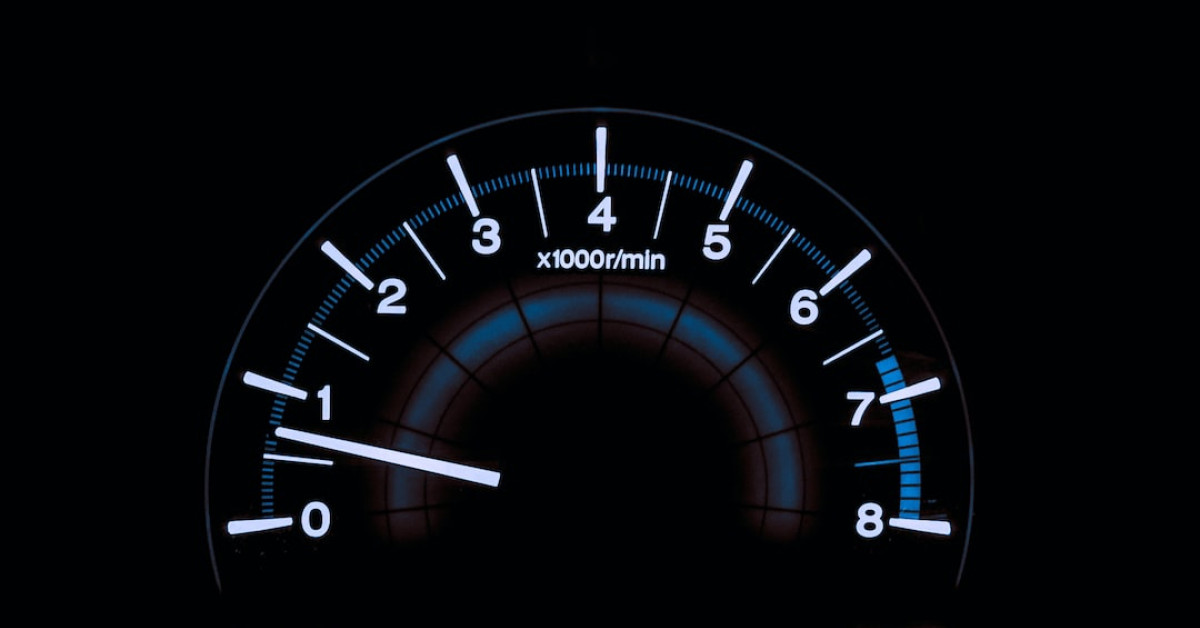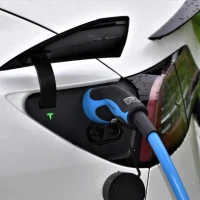Vehicle photography is not just about snapping pictures of cars; it’s an art form that combines precision, creativity, and a deep understanding of your subject. Whether you’re a budding photographer or a seasoned pro looking to refine your skills, capturing the dynamic beauty of automobiles requires thoughtful preparation and an eye for detail. In this guide, we’ll explore 15 expert tips that will elevate your car photography to professional standards, ensuring every shot you take conveys the sleek design, power, and personality of these mechanical marvels.
Understanding Your Subject: The Basics of Car Photography
Before diving into the intricacies of car photography, you must understand what makes vehicles so captivating as subjects. Their reflective surfaces, curves, and lines can create stunning visuals when lit correctly. These fundamentals are essential in setting the stage for exceptional car images.
Paying Attention to Details
Car photography is as much about the little things as it is about the vehicle itself. From the badge on the grill to the stitching on the seats, every detail offers an opportunity for a compelling shot.
- Focus on unique features: Every car has something that sets it apart. Identify these features and use them as focal points.
- Keep it clean: Ensure the car is spotless, as dirt and fingerprints can detract from the final image.
- Inspect your canvas: Before shooting, inspect the car for any imperfections that could appear in your photos.
Composition and Framing: The Art of Visual Storytelling
The Rule of Thirds and Car Photography
The rule of thirds is a fundamental principle in photography that suggests dividing your image into nine equal segments. By placing the car along these lines or at the intersections, you create more tension, energy, and interest in the composition.
- Balanced shots: Use the rule of thirds to create a sense of balance in your car photos.
- Intersecting points: Position the car at the intersecting points for a dynamic effect.
Leading Lines and Dynamic Angles
The lines of the road or environment can lead the viewer’s eye to the car, adding depth and perspective to your shots.
- Road patterns: Use the lines on the road for a striking effect.
- Architectural elements: Incorporate surrounding buildings for a more engaging composition.
Lighting: The Make or Break of Automotive Photography
Mastering lighting is crucial in car photography. The right light can accentuate curves, create eye-catching reflections, and bring out the car’s true colors.
Golden Hour Brilliance
The golden hour, the period shortly after sunrise or before sunset, offers a warm, diffused light that is perfect for car photography.
- Soft shadows: The golden hour light softens shadows, making the car look more appealing.
- Warm tones: Use the golden hour to capture warm tones that complement metallic surfaces.
Artificial Light Mastery
When natural light is not enough, artificial lighting can help highlight the car’s features, shapes, and design.
- Flash units: Use off-camera flashes to control the light and shadows.
- Light painting: Experiment with light painting for creative, long-exposure shots.
Color and Contrast: Enhancing Your Automotive Images
Colors play an integral role in the appeal of car photography. They evoke emotions and highlight the vehicle’s design.
Choosing the Right Background
The background should complement the car’s color and design, not detract from it.
- Contrasting colors: Choose a background that contrasts with the car to make it stand out.
- Simplicity: A simple background ensures the focus remains on the car.
Post-Processing Color Adjustments
Adjusting colors in post-processing can bring out the best in your car photos.
- Color grading: Use color grading to set a mood or highlight certain aspects of the car.
- Saturation and vibrance: Adjust these settings to enhance the car’s paint job and details.
Capturing the Motion: Conveying Speed and Power
Panning Technique
Panning is a technique that allows you to capture the sensation of speed by focusing on the moving car while the background blurs.
- Shutter speed: Experiment with shutter speed to perfect your panning shots.
- Practice: Panning requires practice to master, so be patient and keep trying.
Freeze Frame Action Shots
Sometimes, capturing a car in full motion without any blur can result in an exhilarating image that showcases its power.
- High shutter speed: A fast shutter speed will freeze the action, conveying power and speed.
- Burst mode: Use burst mode to increase the chances of getting the perfect action shot.
The Importance of Angle in Car Photography
The angle at which you shoot can drastically change the story you’re telling with the image.
Low Angle for Dominance
Shooting from a low angle can make the car seem more dominant and majestic.
- Ground level: Get down to ground level for a heroic view of the car.
- Wide-angle lens: A wide-angle lens can exaggerate this effect further.
High Angle for Context
A high angle can reveal the car in the context of its environment, showcasing it in a different light.
- Elevated positions: Find a high vantage point for unique perspectives.
- Include surroundings: Use the environment to add context to your car photography.
Gear Essentials: Investing in the Right Equipment
Camera and Lens Selection
The right camera and lens can make a significant difference in the quality of your car photography.
- DSLR or mirrorless: Choose a camera that allows manual control over settings.
- Lens variety: Have a selection of lenses to cover different shots, from wide-angles to telephotos.
Essential Accessories
Accessories can enhance your car photography, whether it’s through improving stability or adding creative options.
- Tripods: Use a tripod for stable, sharp images.
- Polarizing filters: A polarizing filter can reduce reflections and improve colors.
Post-Processing: The Digital Darkroom
After taking your pictures, post-processing allows you to refine and perfect your images.
Editing Software Know-How
Familiarize yourself with editing software like Adobe Lightroom or Photoshop to make the most of your car photos.
- RAW format: Shoot in RAW for more control during editing.
- Selective adjustments: Use selective adjustments for precise edits.
Retouching Imperfections
Retouching is an essential step to ensure the car looks its best in every photo.
- Remove distractions: Clean up any elements that detract from the car.
- Detail enhancement: Enhance details to make the car’s features pop.
Creative Exploration: Pushing the Boundaries of Car Photography
Experiment with Different Perspectives
Don’t be afraid to experiment with unconventional angles and perspectives for unique and memorable shots.
- Reflections: Utilize reflections for artistic effect.
- Interiors: Don’t forget the inside of the car, where there’s plenty of detail to explore.
Telling a Story
Every car has a story to tell, and your photographs should aim to convey it.
- Contextual shots: Place the car in settings that tell a story about its character and usage.
- Human element: Include people interacting with the car for a relatable narrative.
Conclusion: The Road Ahead in Car Photography
From mastering lighting and angles to selecting the perfect gear and polishing your images in post-processing, each detail plays a critical role in automotive photography. By embracing these 15 expert tips and remaining open to creative exploration, you can produce stunning car photography that stands out in any portfolio or publication. Keep practicing, keep learning, and most importantly, keep enjoying the journey of capturing the essence of speed and the beauty of automotive design.










